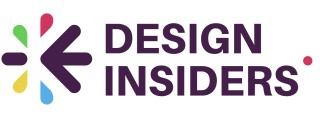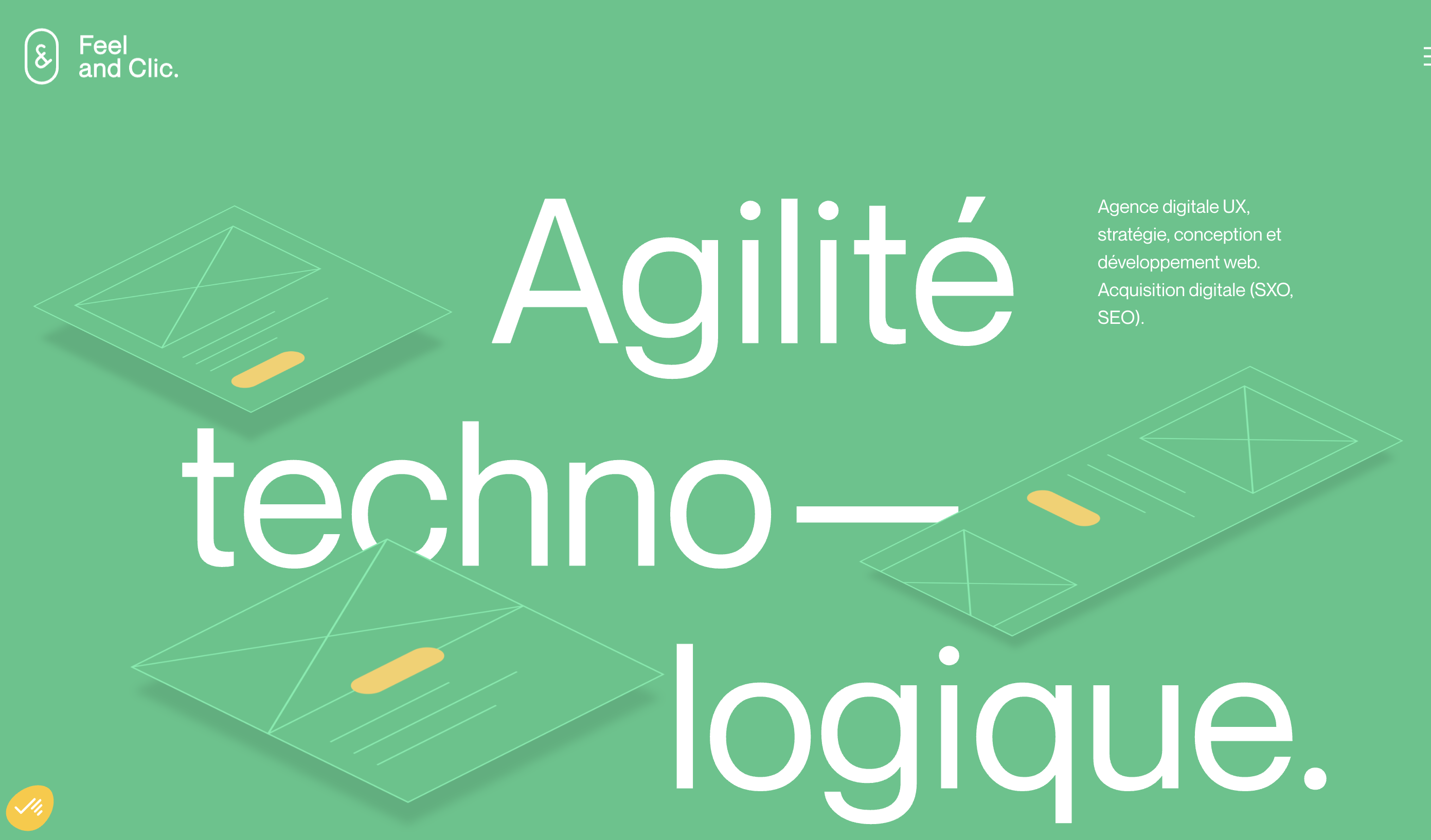
Understanding the Importance of UX in Conversion Optimization
Why User Experience Matters in Digital Conversion
Understanding the importance of user experience (UX) is crucial for businesses looking to optimize their conversion rates, particularly in a competitive market like Atlanta. UX is not just a buzzword; it's a fundamental aspect of digital marketing, influencing how users interact with a website and ultimately impacting the conversion rate.
A seamless user experience can lead to higher engagement, lower bounce rates, and improved customer satisfaction. When users find a website easy to navigate, they are more likely to complete desired actions, such as making a purchase or signing up for a newsletter. These are essential conversion goals that can enhance overall business performance.
Incorporating data-driven strategies and a user-centric approach into web design can significantly boost conversion rates. This involves identifying user pain points, as we'll discuss further, and streamlining user interfaces. You can enhance user experience by focusing on CRO (Conversion Rate Optimization) techniques tailored to your target audience's preferences and behaviors.
Moreover, localized insights can offer a competitive advantage for businesses in Atlanta. By understanding the unique user behavior and preferences in this region, conversion optimization services can be fine-tuned to maximize effectiveness. This business strategy, coupled with robust UX design and SEO-focused content, can lead to improved conversion rates and a strong online presence.
Identifying User Pain Points
Uncovering User Challenges: A Path to Optimization
Identifying user pain points is crucial in optimizing both user experience and conversion rates. As businesses in Atlanta aim to boost their online presence, understanding the specific hurdles users face becomes paramount. This process involves examining user behavior through data-driven insights to uncover where potential improvements can be made.
One essential strategy is to implement digital tools and services that provide detailed analytics. Tracking metrics such as bounce rate, session duration, and user interaction on the website design can shed light on problem areas. A focus on conversion optimization reveals opportunities to refine the user journey and meet business objectives.
Atlanta's diverse market demands a tailored approach. Businesses should leverage local insights to align their marketing strategies with user expectations. Employing dedicated design development teams and conducting comprehensive optimization conversion sessions can lead to actionable solutions that resonate with the target audience.
Moreover, employing customer retention software can play a pivotal role in addressing these issues. This tool can help identify content gaps and dictate changes for better user experience and increased conversion rate optimization. By focusing on these efforts, businesses can transform identified pain points into opportunities for growth and improved digital engagement.
Designing Intuitive User Interfaces
Crafting Seamless Interaction Points
The key to effective user experience design lies in seamless interaction points that effortlessly guide users through a digital space. Intuitive user interfaces (UI) are the bedrock of this endeavor, as they influence user behavior and significantly impact conversion rates. When users interact with a website, they are typically seeking straightforward and efficient pathways to information, services, or products. Therefore, the UI should prioritize clarity and ease of navigation to enhance the user's journey.Simplification and Accessibility
A crucial aspect of designing intuitive user interfaces is simplifying the experience. This involves an approach that removes unnecessary elements that can overwhelm and confuse users. Simplifying does not mean stripping down features to the bare minimum; it means presenting information in a way that is accessible and digestible. Implementing clear calls-to-action, using consistent design patterns, and optimizing content layout are strategies that contribute to an accessible interface. Atlanta-based businesses can benefit greatly from incorporating local design elements, which resonate with their target audience, into their UI.Fostering Engaging and Responsive Designs
Responsive design is equally important in today's diverse digital landscape, where users access websites from a myriad of devices. Leveraging data-driven insights can aid in crafting a design strategy that adapts seamlessly to various screen sizes without compromising on aesthetics or functionality. Tools such as video production and social media integration can enhance the interactive component, thereby fostering a more engaging user experience. Moreover, a design development focus that integrates local insights into website design enhances relevance, thereby improving conversion optimization. This is where professional design agencies in Atlanta play a crucial role, offering tailored optimization services that align with the specific needs of businesses in Atlanta. For businesses aiming to improve their conversion rate optimization strategies, implementing sleek, user-centered design principles can be a game changer, especially when combined with continuous testing and data analysis. A design agency offering a free consultation might provide valuable insights into refining the user experience further, ensuring that your web presence stands out in the competitive digital marketing arena. Explore how the crafting of perfect mobile app icons can align with these design strategies for enhanced digital presence.Implementing A/B Testing for UX Improvements
Testing User-focused Design Strategies
Bringing user experience to the forefront, businesses in Atlanta recognize the importance of keeping the user's needs as a priority. A/B testing plays a pivotal role in understanding how different design choices affect user interaction—an indispensable aspect of conversion optimization. By systematically testing variations of web elements (such as buttons, layout, or even color schemes), businesses can derive actionable insights into user behavior. When implementing A/B testing, it's crucial to establish a data-driven approach. This includes creating a controlled environment where a single variable is tested at a time. Digital marketing strategies can significantly benefit from such precise testing methods. For instance, the layout of a website design can be adjusted based on CRO data to enhance user engagement and conversion rates. For businesses in Atlanta aiming to enhance their online services, considering local user preferences can provide an edge. Factors such as cultural trends or regional shopping behaviors can influence the optimal test variables for a website. Tailoring testing strategies to reflect these factors will ensure that the digital experience feels personalized, cultivating a higher sense of connection with users. Ultimately, the goal is to achieve an optimized conversion rate. Design agencies and businesses in Atlanta should regularly conduct A/B testing to refine their strategies and meet evolving user expectations. Whether through free consultations or digital tools, taking a proactive approach in testing can lead to significant improvements in user experience and business success.Leveraging Local Insights for Atlanta-based Businesses
Tailoring Strategies for Atlanta-Based Businesses
For businesses in Atlanta aiming to enhance their conversion rate optimization, it’s essential to integrate local insights into their digital marketing and web design strategies. Understanding the unique user behavior and preferences within this dynamic market can significantly impact conversion rates.
- Local Culture and Preferences: Businesses in Atlanta should consider design elements that resonate with the local community. Engaging content that reflects regional themes can improve user connection and increase conversion likelihood.
- Competitor Analysis: Study the web design trends and run A/B testing on features that competitors in Atlanta successfully implement. This approach provides valuable insights into optimization for better performance.
- Social Media: Leveraging social media platforms is crucial in Atlanta. Establishing a strong digital presence using local influencers, community engagement, and tailored content can direct traffic to your website, enhancing user experience and potential conversion.
- Data-Driven Decisions: Regularly examine web analytics to determine which design elements perform well. Understanding the user journey and identifying drop-off points allows for strategic optimization adjustments.
Partnering with a local design agency familiar with Atlanta’s market can further refine your approach. Whether you’re seeking to enhance user experience or optimize conversion, a tailored strategy rooted in local insights offers a competitive edge. Offering a free consultation might also entice potential clients, conveying confidence and expertise in your services.
Measuring Success: Key Metrics for UX and Conversion
Key Performance Indicators for UX and Conversion
To truly understand the impact of your user experience (UX) enhancements on conversion rates, it's crucial to focus on specific metrics. These metrics not only help in gauging the success of your design strategies but also guide future optimization efforts. Here are some essential key performance indicators (KPIs) to consider:
- Conversion Rate: This is the most direct measure of success. It reflects the percentage of users who complete a desired action on your website, such as making a purchase or signing up for a newsletter. A higher conversion rate indicates effective UX and design strategies.
- Bounce Rate: A high bounce rate can signal that users are not finding what they need or that the user interface is not intuitive. By analyzing this metric, businesses can identify areas for improvement in their web design and content strategy.
- Average Session Duration: This metric provides insight into how engaging your website is. Longer session durations often indicate that users are finding your content valuable and easy to navigate.
- Pages Per Session: This measures user engagement and interest. A higher number of pages per session suggests that users are exploring your site, which can be a positive indicator of user experience.
- User Feedback: Collecting qualitative data through surveys or feedback forms can provide insights into user satisfaction and areas needing improvement.
Data-Driven Decision Making
Incorporating data-driven strategies is essential for optimizing conversion rates. By leveraging analytics tools, businesses can gain insights into user behavior and identify patterns that may not be immediately obvious. This approach allows for more targeted and effective UX improvements.
For Atlanta-based businesses, understanding local user behavior can be particularly beneficial. Tailoring your digital marketing and design strategies to the preferences of your local audience can enhance user engagement and drive conversions.
Continuous Improvement Through Testing
Implementing A/B testing is a powerful method for refining your UX. By comparing different design elements and user interfaces, businesses can determine which variations lead to better user engagement and higher conversion rates. This iterative process ensures that your website design remains aligned with user needs and market trends.
Ultimately, the goal is to create a seamless and intuitive user experience that not only meets but exceeds user expectations. By focusing on these key metrics and adopting a data-driven approach, businesses can enhance their conversion optimization efforts and achieve sustainable growth.














